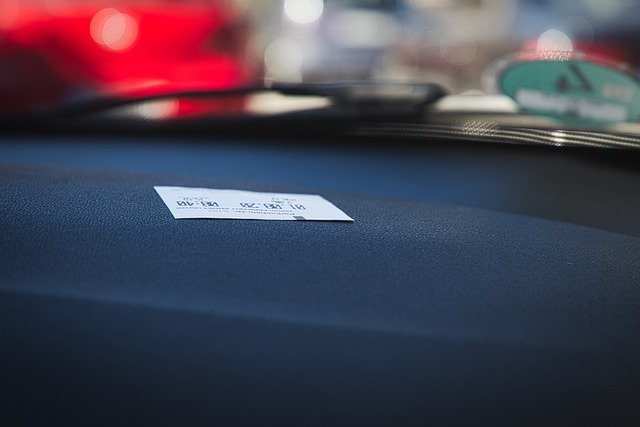A Practical Guide to Renting a Car in Australia
Renting a car in Australia involves comparing daily, weekly and long‑term rates in urban, regional and remote areas, reviewing insurance options and excess requirements, understanding fuel and distance policies, and checking roadside assistance availability and rental agreement terms to avoid unexpected fees.

How do rental rates vary between urban and regional areas?
Rental rates in Australia can differ significantly between urban centers and regional areas. Generally, you’ll find more competitive prices in major cities like Sydney, Melbourne, and Brisbane due to higher competition among rental agencies. Urban areas often offer a wider range of vehicles and more flexible pickup and drop-off options, which can lead to better deals for renters.
In contrast, regional and remote areas may have higher rental rates due to limited competition and the increased costs of maintaining vehicles in less populated regions. However, renting from a regional location can sometimes be more convenient if you’re planning to explore specific areas away from major cities.
What factors influence car rental prices in Australia?
Several factors can impact the cost of renting a car in Australia:
-
Season: Prices tend to be higher during peak tourist seasons, such as summer holidays and major events.
-
Vehicle type: Larger vehicles or luxury models typically cost more than compact cars.
-
Rental duration: Longer rentals often come with discounted daily rates.
-
One-way rentals: Dropping off the car at a different location usually incurs additional fees.
-
Driver’s age: Young drivers (usually under 25) may face surcharges.
-
Extras: GPS navigation, child seats, and additional drivers can increase the overall cost.
What insurance options and excess requirements apply?
Insurance is a crucial consideration when renting a car in Australia. Most rental companies offer several levels of coverage:
-
Standard Insurance: Typically included in the base rental price, covering basic damage and theft protection with a high excess (deductible).
-
Reduced Excess Insurance: Lowers the amount you’d have to pay in case of damage or theft.
-
Full Coverage: Eliminates the excess entirely but comes at a higher daily rate.
It’s important to note that many rental companies in Australia have high excess amounts, sometimes reaching up to $4,000 or more. Carefully review the insurance options and consider purchasing additional coverage if you’re uncomfortable with a high excess.
Which vehicle types are best for coastal drives versus outback journeys?
The ideal vehicle for your Australian adventure depends on your planned route and destinations:
Coastal Drives:
-
Compact or mid-size cars: Suitable for paved roads and offer good fuel efficiency.
-
Convertibles: Perfect for scenic coastal routes like the Great Ocean Road.
Outback Journeys:
-
4WD/SUVs: Essential for rough terrain and remote areas.
-
Campervans: Great for long trips and areas with limited accommodation options.
Always consider factors like fuel efficiency, comfort for long drives, and storage space when selecting your vehicle.
What unique considerations apply to car rentals in Australia?
When renting a car in Australia, keep these specific factors in mind:
-
Left-hand driving: Australians drive on the left side of the road.
-
Distances: Australia is vast, so plan your fuel stops carefully, especially in remote areas.
-
Wildlife: Be cautious of animals on the road, particularly at dawn and dusk.
-
Speed limits: These vary by state and road type; always obey posted limits.
-
Toll roads: Some urban areas have electronic tolls; check with your rental company about payment options.
How do rental rates and options compare across major providers?
To help you make an informed decision, here’s a comparison of some major car rental providers in Australia:
| Provider | Economy Car Rate (per day)* | SUV Rate (per day)* | Key Features |
|---|---|---|---|
| Hertz | $60 - $80 | $100 - $130 | Wide network, Loyalty program |
| Avis | $65 - $85 | $110 - $140 | Premium fleet, Avis Preferred |
| Budget | $55 - $75 | $90 - $120 | Budget-friendly options |
| Europcar | $70 - $90 | $120 - $150 | Eco-friendly choices |
| Thrifty | $50 - $70 | $85 - $115 | Value-oriented rentals |
*Prices, rates, or cost estimates mentioned in this article are based on the latest available information but may change over time. Independent research is advised before making financial decisions.
When comparing rental options, consider factors beyond just the daily rate. Look at included features, excess reduction options, and any special promotions that might be available for your travel dates.
In conclusion, renting a car in Australia requires careful consideration of various factors, from rental rates and insurance options to vehicle suitability for your planned journey. By understanding these aspects and comparing offers from different providers, you can ensure a more enjoyable and cost-effective exploration of Australia’s diverse landscapes.






